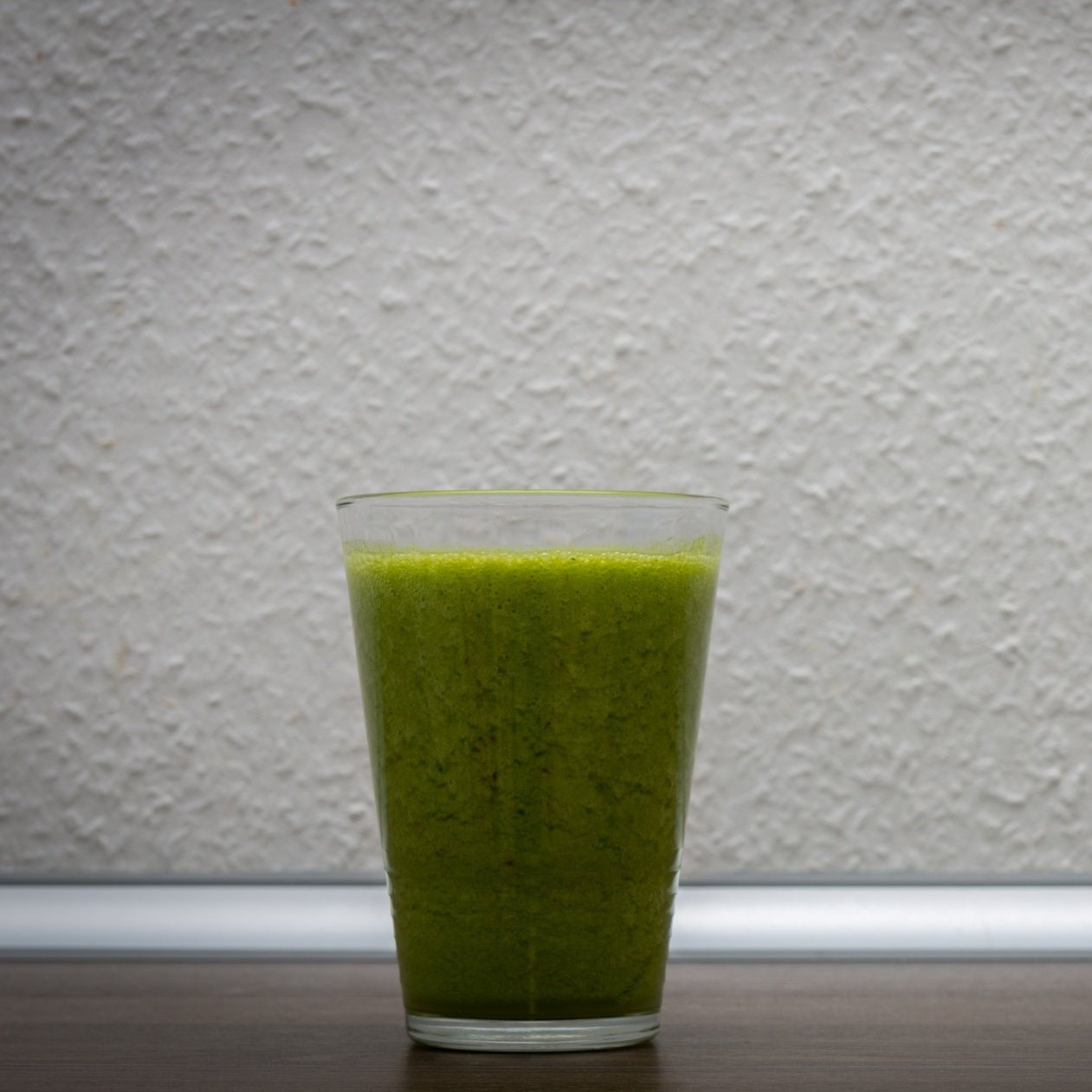Building muscle takes a multi-pronged approach.
Whether you simply want to increase strength or seriously bulk up, many fitness-minded people are interested in learning how to gain muscle. There's no single solution that suits everyone when it comes to building muscle. Each of us has our own unique starting point (the condition of our body now) and different end goal (what we aim to achieve). There are certain principles to building muscle that apply across the board, however; from there, you can adapt a plan according to your goals, your current fitness level, and your metabolic and genetic makeup.
Generally, muscle gain is driven by the desire for one of three things: athletic performance (getting bigger, stronger, or faster), health (improving fitness or converting fat to muscle), or physical appearance (looking more fit and toned). Chances are, by building muscle, regardless of your main goal, you'll impact all of these to some extent. The following areas of focus are important, regardless of the reason you want to learn how to build muscle mass.
Eat Up
If you want to see noticeable muscle growth, it follows that you'll need to fuel that growth. To bulk up, you'll need to eat surplus calories (i.e. enough to maintain your current bodyweight, and then some). The exact amount will depend on your specific circumstances and goals, but nutrition is a key component of muscle gain, even for people wanting to tone and stay lean; and quality is as important as quantity, in every case.
Protein provides the building blocks for muscle, so getting plenty of quality protein is critical. A basic guideline for people with muscle-building goals is to aim for one gram of protein per pound of body weight daily. One of the easiest ways to add extra protein to your diet is with pre or post-workout supplement shakes. Pack a BlenderBottle ProStak shaker in your gym bag, fill the containers with protein powder, and you'll have your high-quality nutrition right at hand.
Carbohydrates are an equally important part of your diet. Carbs are your body's go-to energy source, and if you don't get enough, your body will turn to protein to provide fuel, therefore preventing the protein from doing the important work of building muscle. So forgo the no-carb nutrition plan and fuel up just be sure to make healthy carb choices, such as whole grains.
Maybe you've heard the buzz about meal timing and portion size in relation to metabolism, and subsequently muscle gain. There's a lot of conflicting research as to the importance of eating small, frequent meals throughout the day, as opposed to considering one's total daily caloric intake. The jury's still out as to whether this type of meal timing impacts metabolism, but eating frequently is certainly a great way to get plenty of calories, plus avoid blood sugar fluctuations that lead to energy crashes and unhealthy cravings. Additionally, most experts agree on the importance of consuming protein within a half hour after a hard workout for optimal muscle recovery and rebuilding another reason it's smart to carry your BlenderBottle shaker to the gym.
"Mass-gainer" shakes are a common way to add extra calories if you have trouble getting enough from your regular food. A mass-gainer shake is really any shake that emphasizes calorie count (typically, they range anywhere from 1,000 to 4,000 calories). You can turn any standard protein shake into a healthy mass gainer and one that's easy to mix in your BlenderBottle shaker with the addition of one or more of the following:
- Nut butter or chopped nuts
- Avocado
- Olive oil
- Coconut oil
- Flaxseed oil
- Mashed banana
- Double serving of protein powder
- Double the shake recipe
Hydration is another critical component of proper nutrition for everyone. Be sure to drink plenty of fluids to keep your body functioning at its best, both for peak athletic performance and for overall health.
Lift Hard
When you lift weights or workout hard, you cause damage to your muscle fibers. In turn, your body responds with muscle repair and growth. As you look to build muscle, it's important to lift gradually heavier weight or push your body to handle increasingly harder stress loads in order to stimulate continued muscle growth. You need to lift relatively heavy weights to build muscle, so go for a weight that fatigues your muscles after five to eight reps.
Initially, steady progression should be your main focus; increase the weight you lift or the load on your body slowly, in small increments, and consistently. Be diligent about keeping proper form to get the most from your workouts and avoid injury. And be sure to eat right and allow proper recovery so that the breakdown/rebuild cycle will come full circle and maximize your gains.
Ultimately, there's a limit to how much weight you can lift. When you reach a plateau in progress, tweak your routine by mixing things up. Try doing your reps at a faster pace (while still holding good form); or vary your strength program or the time of day you hit the weight room. Our bodies are quick to adapt to whatever routines we put them through, so keep your gym sessions fresh and your body guessing!
In addition to pushing your limits gradually and consistently, focus the majority of your strength work on exercises that recruit multiple muscles at once, rather than ones that isolate single muscles; you'll get more out of each workout that way. Examples of compound exercises include squats, lunges, deadlifts, bench press, overhead press, and barbell rows. It's also important to build a strong core, which will improve your ability to work the rest of your body hard and without injury.
Most weightlifters recommend "split workouts" instead of "full body workouts." A simple example of a split workout is to train your lower body on Mondays and Wednesdays, and train your upper body on Tuesdays and Thursdays. There are numerous ways you can split your workouts, the benefit being that you can handle back-to-back gym days, while still allowing your muscles to recover properly.
As for cardio exercise, it's key if you're looking to lose weight or improve overall health and fitness. But if your main goal is to increase muscle mass, do light cardio only, and focus most of your time in the gym on strength training.
Sleep Sound
It's not only what you do when you're awake that impacts muscle growth; rest and recovery are also essential. Ask any health expert and they're sure to say that sleep is the number one most important aid to recovery.
It can be hard to imagine that sleep is a critical factor in building muscle, but if you don't get adequate Zs, your hard work in the gym won't fully pay off. Our bodies release hormones during the sleep cycle, which are necessary to help our muscles recover, repair, and grow so aim for seven to eight solid hours each night. Stress hormones are also counterproductive to muscle gain, so try to keep mental and emotional stress at a minimum. Bottom line: rest and relax!
Keep Track
Consistent work is a critical component of any muscle gain program, and measuring your progress and seeing tangible results is the best way to stay motivated. Take a "before" photo when you first start to focus on building muscle, and once a month as you advance. Record your weights and reps in a training journal to document improvements. You can even check the size of your muscles with a measuring tape to track growth.
Keep in mind, you may record quick early gains, and then the rate at which your muscles grow will likely taper off. This is normal it would not be possible to gain and grow forever! Genetics also play a role in your physiological potential, so try not to feel frustrated if your muscles don't develop in the same way as the guy or gal next to you at the gym. But with a healthy approach incorporating proper nutrition, consistent hard work, and plenty of rest you can certainly impact your muscle growth, whatever your specific goals.





Leave a comment
All comments are moderated before being published.
This site is protected by reCAPTCHA and the Google Privacy Policy and Terms of Service apply.